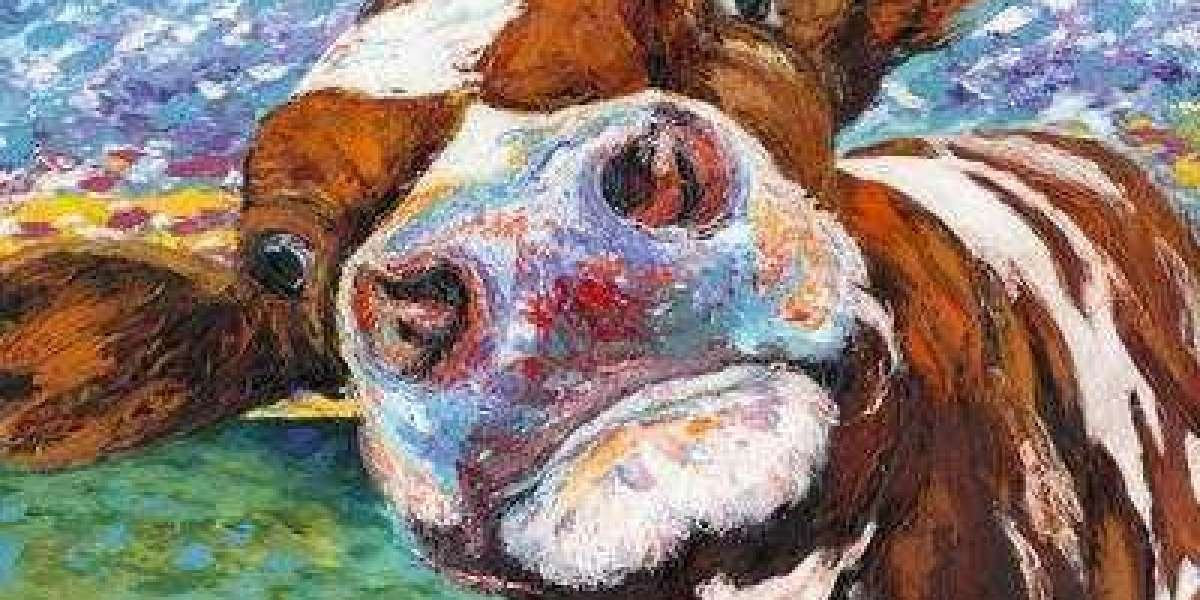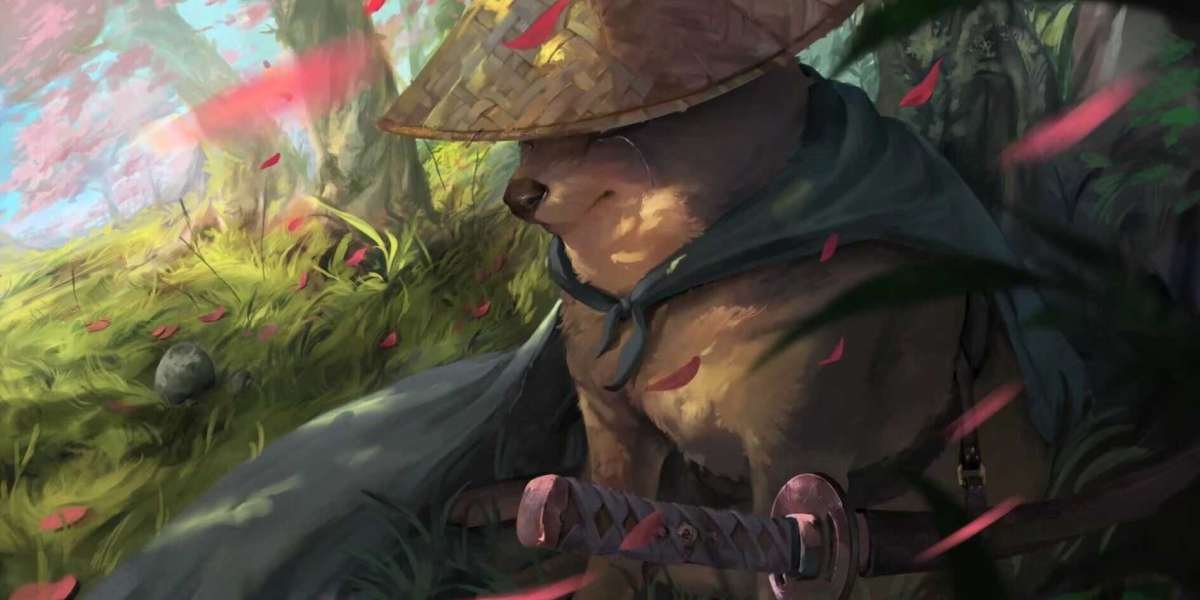Animal art has an enduring appeal that spans across cultures and epochs, capturing the beauty and essence of the animal kingdom. This vibrant genre, from ancient cave paintings to cutting-edge digital creations, reflects humanity's deep connection with animals and the natural world.
Ancient origins of animal art can be found in the cave paintings of Lascaux and Altamira, where early humans depicted bison, deer, and horses with striking accuracy and emotion. These prehistoric masterpieces were not just decorative but also held cultural and spiritual significance, perhaps serving as rituals to ensure successful hunts or to pay homage to the animals that were central to their survival.
Throughout history, animal art evolved in complexity and style. In ancient Egypt, animals were often portrayed with symbolic meanings, representing gods and goddesses, or embodying virtues such as strength and wisdom. The Greeks and Romans continued this tradition, creating intricate mosaics and sculptures that celebrated both mythical and real animals. In Asia, particularly in Chinese and Japanese art, animals like dragons, tigers, and cranes featured prominently, symbolizing power, courage, and longevity.
The Renaissance period brought a renewed focus on realism and anatomical precision in animal art. Artists like Leonardo da Vinci and Albrecht Dürer studied animals with scientific curiosity, producing detailed sketches and paintings that showcased their keen observational skills. This era laid the groundwork for future wildlife art, emphasizing the importance of accuracy and lifelike representation.
In the modern era, animal art has diversified and expanded, embracing new technologies and artistic expressions. Contemporary artists utilize digital tools, photography, and even virtual reality to create dynamic and immersive animal artworks. Notable wildlife artists like Robert Bateman and Carl Rungius have used their art to raise awareness about conservation issues, portraying the majesty and vulnerability of endangered species with poignant detail.
Animal art is also a thriving hobby for many amateur artists, who share their work on social media and online galleries. Platforms like Instagram and DeviantArt have democratized the art world, allowing a global audience to appreciate and engage with diverse styles and interpretations. This accessibility has led to a rich tapestry of animal art, ranging from whimsical illustrations to hyper-realistic portraits.
In conclusion, animal art is a dynamic and ever-evolving genre that continues to captivate and inspire. It bridges the gap between humanity and the natural world, offering a visual celebration of the creatures that share our planet. Whether through traditional mediums or modern digital techniques, animal art remains a powerful testament to our fascination with and respect for the animal kingdom.













